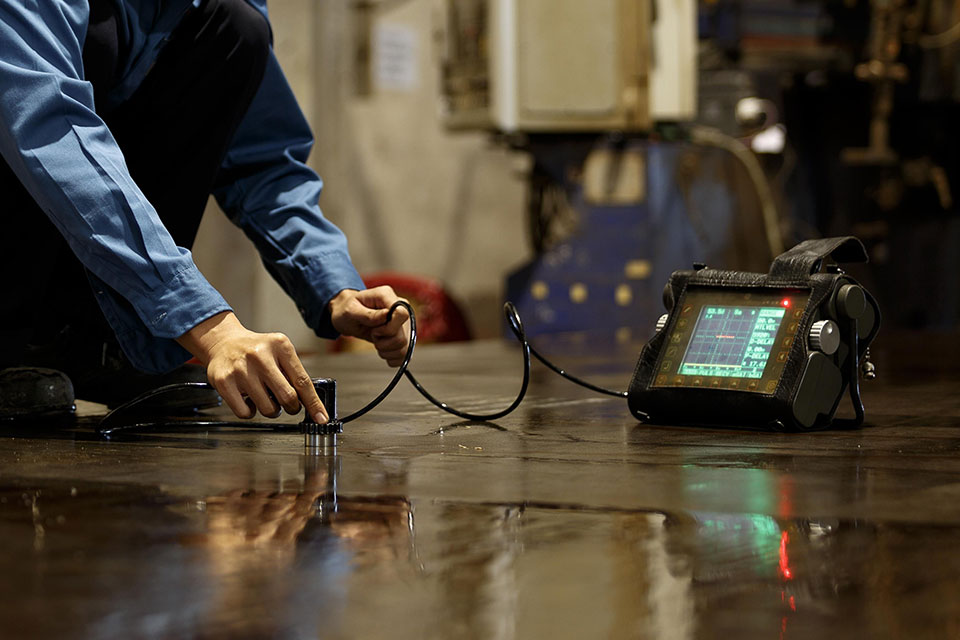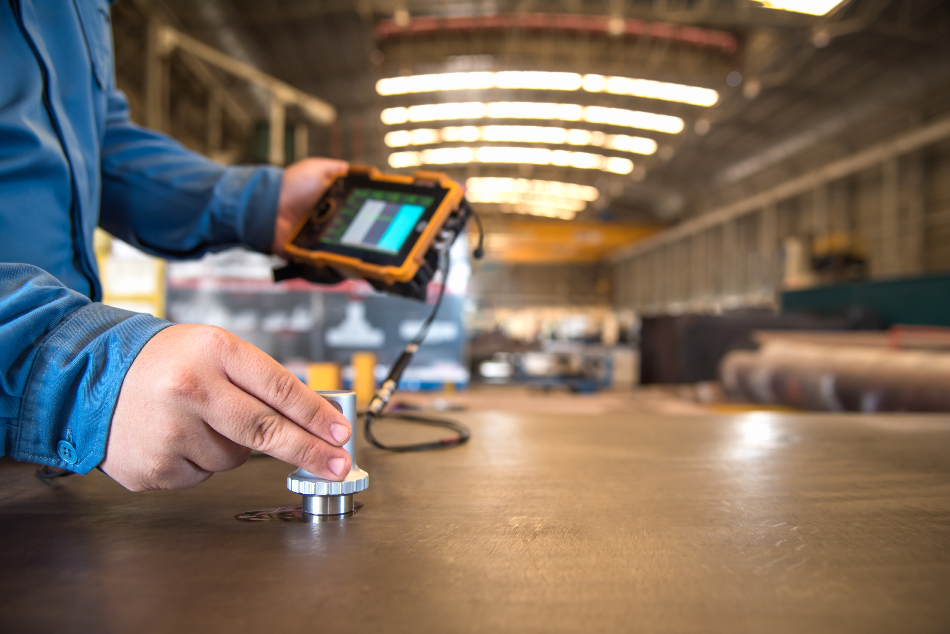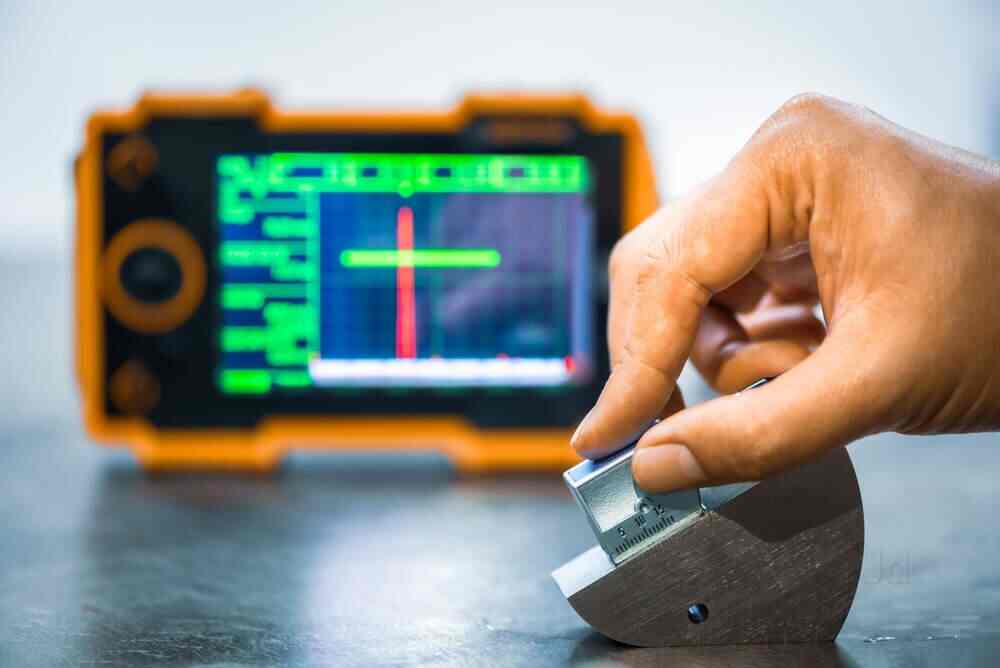In the realm of quality assurance, understanding how synchronization improves defect detection is crucial for delivering products that meet high standards. The role of synchronization in defect detection cannot be underestimated, especially when it comes to ensuring that products are free of flaws and function as intended.

Understanding Synchronization in Quality Assurance
Synchronization in quality assurance involves aligning various processes and systems to work together seamlessly. This alignment helps in reducing errors and improving the overall efficiency of defect detection. By understanding innovations in synchronization, industries can enhance their defect detection capabilities.
The Impact of Synchronization on Defect Detection
Synchronization plays a pivotal role in improving defect detection by ensuring that all components of a system work harmoniously. This harmony is essential for identifying defects early in the process, thus reducing the risk of defective products reaching the market.
Improving Accuracy with Synchronization
One of the primary benefits of synchronization is its ability to improve the accuracy of defect detection. By ensuring that all systems are aligned, synchronization helps in identifying defects more precisely and efficiently.
Enhancing Efficiency in Quality Assurance
Synchronization also enhances the efficiency of quality assurance processes. By streamlining operations and reducing the likelihood of errors, synchronization allows for faster and more effective defect detection.
Integrating Synchronization into Quality Assurance
Integrating synchronization into quality assurance involves several steps, including the adoption of advanced technologies and the implementation of best practices. By doing so, companies can significantly improve their defect detection processes.
Adopting Advanced Technologies
The adoption of advanced technologies is crucial for achieving effective synchronization in quality assurance. Technologies such as quantum synchronization tools can play a significant role in enhancing defect detection.
Implementing Best Practices
Implementing best practices in synchronization is essential for improving defect detection. By following industry standards and guidelines, companies can ensure that their synchronization efforts are effective and efficient.
Challenges in Synchronization
While synchronization offers numerous benefits, it also presents certain challenges. These challenges include the need for continuous monitoring and the potential for system incompatibilities.
Overcoming System Incompatibilities
Overcoming system incompatibilities is a major challenge in synchronization. By investing in compatible technologies and systems, companies can minimize these issues and improve defect detection.
Continuous Monitoring and Improvement
Continuous monitoring and improvement are essential for maintaining effective synchronization. By regularly assessing their processes and systems, companies can ensure that their defect detection efforts remain efficient and effective.
Benefits of Synchronization in Defect Detection
The benefits of synchronization in defect detection are numerous. From improving accuracy to enhancing efficiency, synchronization plays a vital role in ensuring that products meet high quality standards.
Improved Product Quality
One of the primary benefits of synchronization is its ability to improve product quality. By enhancing defect detection processes, synchronization helps ensure that products are free of defects and meet customer expectations.
Reduced Time to Market
Synchronization also helps reduce time to market by streamlining quality assurance processes. This efficiency allows companies to bring their products to market faster, while still maintaining high quality standards.
Conclusion
In conclusion, understanding how synchronization improves defect detection is crucial for any company looking to enhance their quality assurance processes. By integrating synchronization into their operations, companies can improve accuracy, efficiency, and product quality, ultimately leading to greater customer satisfaction and success in the marketplace.

FAQs
Why is synchronization important in defect detection?
Synchronization is important in defect detection because it ensures that all systems and processes are aligned, allowing for more accurate and efficient identification of defects.
How can companies improve their synchronization efforts?
Companies can improve their synchronization efforts by adopting advanced technologies, implementing best practices, and continuously monitoring and improving their processes.
What challenges do companies face in synchronization?
Companies face challenges such as system incompatibilities and the need for continuous monitoring in synchronization. Overcoming these challenges is essential for improving defect detection.
This article contains affiliate links. We may earn a commission at no extra cost to you.
